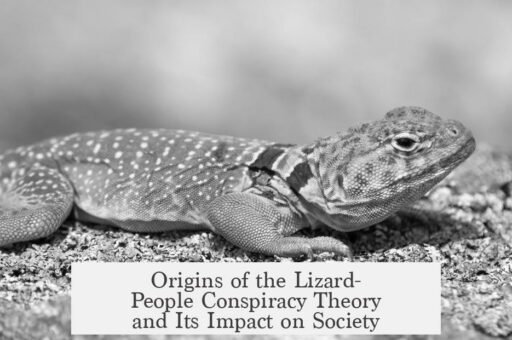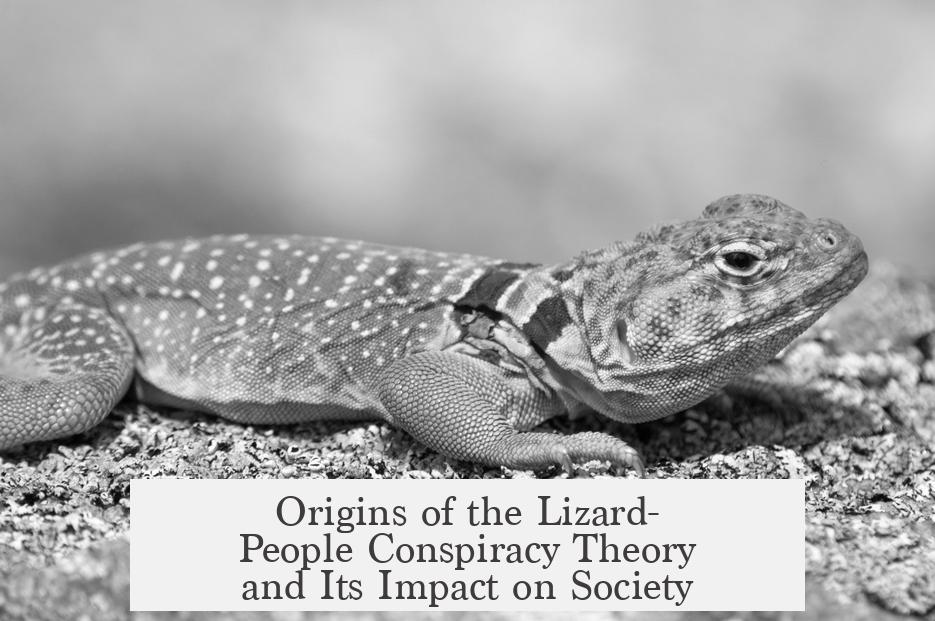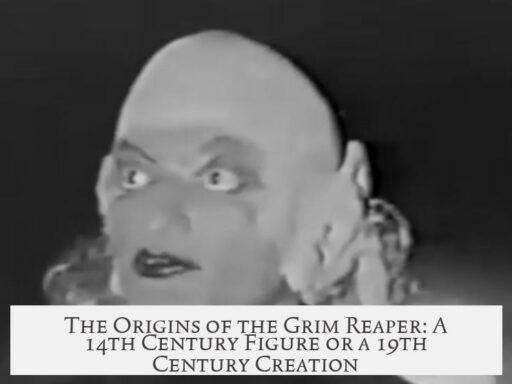The origins of the lizard-people conspiracy theory primarily trace back to early 20th-century pulp fiction, with notable roots in Robert E. Howard’s 1929 story “The Shadow Kingdom,” which introduced shape-shifting serpent-men who secretly control humanity.
Howard’s tale, published in the August 1929 issue of Weird Tales, features serpent-men as ancient beings who can disguise themselves as humans. These entities aim to infiltrate and dominate human societies from underground passages. The story blends themes from contemporary anthropology, theosophy, and popular fiction—particularly ideas about lost civilizations like Atlantis and Lemuria. Prior to this, serpent-human hybrids linked to Atlantis were rare in fiction or myth.
Howard’s work drew on Helena Blavatsky’s theosophical concepts from her 1888 book The Secret Doctrine. This text described “dragon-men” from mythical continents, thus inspiring Howard’s serpent-men. His friends, Clark Ashton Smith and H. P. Lovecraft, incorporated similar reptilian or serpent motifs into their writings, helping establish a shared mythos influencing later conspiracy narratives.
In the 1930s, American occultist Maurice Doreal (real name Claude Diggins) further shaped the serpent-people myth with his booklet The Emerald Tablet of Thoth the Atlantean. This occult poem combined elements of ancient Egyptian religion, Hermetic occultism, and theosophy. It vividly described reptilian beings who appear human but reveal serpent heads when magical “glamours” fade. The poem outlines these beings infiltrating human councils, secretly overthrowing leaders, and ruling mankind through illusion and magic.
Doreal’s work largely restates Howard’s serpent-men narrative but adds occult and esoteric depth. He also wrote pamphlets such as Mysteries of the Gobi and Flying Saucers: An Occult Viewpoint, framing the serpent race as extraterrestrials. This occult framing blurred the boundaries between ancient myth, spiritual ideas, and UFO lore.
Mid-20th-century pulp fiction and early UFO movements further influenced the evolving reptilian mythos. The 1940s and 1950s UFO boom overlapped with pulp science fiction, introducing reptilian aliens into popular media. Stories like Robert Ernst Dickhoff’s 1951 Agharta portrayed serpent men arriving from Venus, linking ancient lost civilizations with extraterrestrial origins. This era diversified the reptilian stock trope, ranging from sci-fi characters like Star Trek’s Gorn to tabloid theories about reptilian rulers.
David Icke, a British conspiracy theorist, brought the lizard-people conspiracy into the modern era. Beginning with his 1999 book The Biggest Secret and especially with his 2001 work Children of the Matrix, Icke consolidated previous elements. He claimed reptilian, shape-shifting aliens manipulate human affairs by posing as world leaders, including the British royal family and powerful political dynasties. Icke’s extensive lectures and publications spread this theory globally, gaining followers in dozens of countries.
The theory also integrates older pseudohistorical legends. Historian Edward Guimont highlights links to myths and speculative tales from Africa, such as Great Zimbabwe and the elusive mokele-mbembe creature. These associations sometimes bolster claims of reptilian origins rooted in real-world ancient mysteries.
| Key Origins | Contributions | Period |
|---|---|---|
| Robert E. Howard’s “The Shadow Kingdom” | Introduced shape-shifting serpent-men blending theosophy and pulp fantasy | 1929 |
| Maurice Doreal’s Occult Works | Added esoteric and extraterrestrial dimensions; synthesized serpent race myth | 1930s-1940s |
| Mid-century UFO and Sci-Fi Influence | Integrated reptilian aliens with lost civilizations and space origins | 1940s-1950s |
| David Icke’s Popularization | Modernized theory into global conspiracy about reptilian overlords | 1999-2000s |
The combination of these historical, occult, literary, and cultural factors crafted a layered story now known as the lizard-people conspiracy theory. It evolved from fictional serpent-men hidden in ancient civilizations to claims of reptilian masters covertly shaping world governments.
Many elements come from imaginative literature and occult writings, while others draw on pseudohistorical speculation and sci-fi motifs. The theory’s persistence results from its flexible narrative, adapting to modern political and social anxieties with extraordinary claims of alien manipulation.
- Robert E. Howard’s 1929 story established the core serpent-men concept mixing mythology and fiction.
- Maurice Doreal’s 1930s occult works expanded the myth in esoteric and extraterrestrial terms.
- Mid-20th-century UFO and science fiction culture added alien and conspiracy dimensions.
- David Icke popularized and updated the idea as a global reptilian conspiracy controlling human affairs.
- The myth also incorporates pseudohistorical legends and longstanding sci-fi tropes.




